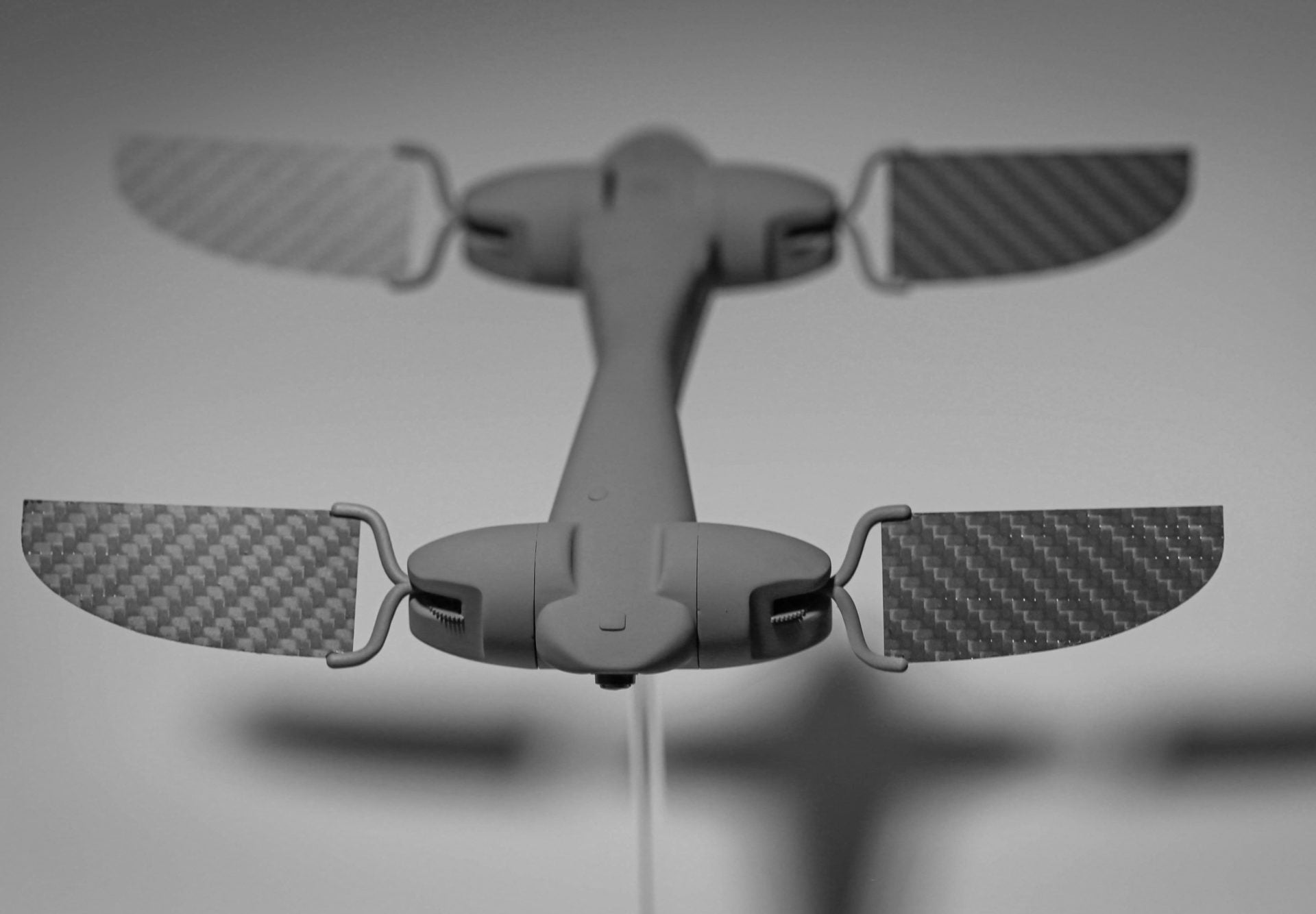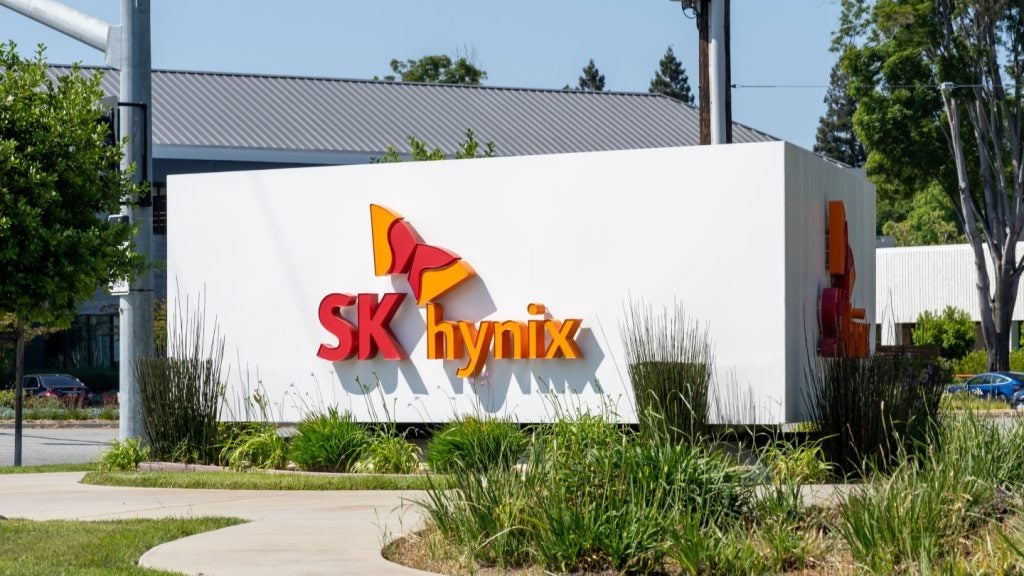
When you picture an unmanned aerial vehicle (UAV) or a drone, most would imagine a small, helicopter-like structure with a series of propellers.
However, several organisations are reimagining conventional drone design. Models such at the Bat Bot, an autonomous drone with wings like a bat, developed by researchers at NASA’s Jet Propulsion Laboratory, and a drone with artificial feathers designed to mimic bird flight by NCCR Robotics drone design are taking their inspiration from the natural world.
With the commercial drone market expected to grow to $40bn by 2025, according to Barclays’ analysts, some are embracing the opportunity to disrupt and shape what form this technology could take over the next few years.
One such company is Animal Dynamics. Based on the principle of “bio-inspired design”, the company uses the way in which birds, insects and sea creatures move to inform how they build drones.
Bio-inspired design
Based on the idea that animals must move in a way that is most efficient as an “evolutionary necessity”, the company uses these underlying mechanisms in the engineering of their drones. Millions of years of evolution has meant that flying creatures have developed a range of abilities, be it agility, precision or aerodynamism, that drone designers spend countless hours trying to achieve, so harnessing this can have a significant impact on a drone’s capabilities.
The Oxford spinout has its origins in academia, with co-founder Adrian Thomas a professor of biomechanics in the zoology department at the University of Oxford, and head of the animal flight research group.
How well do you really know your competitors?
Access the most comprehensive Company Profiles on the market, powered by GlobalData. Save hours of research. Gain competitive edge.

Thank you!
Your download email will arrive shortly
Not ready to buy yet? Download a free sample
We are confident about the unique quality of our Company Profiles. However, we want you to make the most beneficial decision for your business, so we offer a free sample that you can download by submitting the below form
By GlobalDataPatrick Watson, director of business development at Animal Dynamics told Verdict how the foundation of the company’s drone design is extensive research into how living things move:
“Adrian Thomas has been working on animal flight and the study of animal flight for the last 30 years. So a lot of the inspiration behind these ideas has come from actual research that he’s done. And then additionally, we are a company of 70 people. And so we have quite an extensive team of people doing data analysis and the engineering of these vehicles, so fluid dynamics, in the company every day to improve the way in which these vehicles work.”
Combined with this, recent progress in computational analysis allows for detailed insights into the natural world to translate into improved performance.
“Let’s get back to basics”
One of the company’s core goals is to question conventional drone design, such as the propeller being “the universal solution to propulsion through water and air, the wheel over land” in order to create vehicles that are more efficient.
“There weren’t that many robotics companies that are actually creating vehicles that were efficient and robust using bio-inspired biomechanics. I think with regards to the way in which a lot of other vehicles are developed, I think there is a core technology, and then there are a lot of other iterations on that technology,” says Watson.
“So the way in which we’ve done it is we’ve effectively said what is the most efficient way in which the animal kingdom shows us how to do something, let’s get back to basics and develop something using those principles. Other technologies, specifically in the drone world, are taking existing technology, so for example, fixed wing or multi rotor and they’re saying how can I iterate that to make that more efficient? So they’re not necessarily going back to basics every time that the technology’s efficiency is going to be improved.”
Technology meets the animal kingdom
So far Animal Dynamics has three main projects. Skeeter, developed using funding from the Defence Science and Technology Laboratory, is a micro-drone weighing 200g with flapping wings based on the anatomy of a dragonfly, with the propulsion of the wings maximising energy efficiency and “enabling gliding and gust tolerance”. The drone is designed to be used in short-range surveillance, search and rescue and agriculture, and the company is looking to go into commercialisation in 2021.
Watson explains how “bio-inspiration” informs both hardware and software design:
“The idea behind the design is bio-inspired so it’s effectively saying okay, the dragon fly flies in the way it does, why does it do that? And that would have come out of previous research that has been done in the biomechanic analysis world….the bio-inspiration affects the design of the software or the hardware from the very beginning, and that can improve a number of different aspects.”
Designed to mimic bird flight, the company’s other drone, named Stork, can carry heavy payloads over a long distance and in adverse conditions, featuring a parafoil to enable it to ‘glide’. It is moving into commercial trials and in the future could be deployed in humanitarian aid and emergency response.
Far from being novel for the sake of it, Watson explains how their approach is about addressing real-world problems:
“As we were in the Department of Defense, understanding what their issues were. One of the other issues that they mentioned was they were really struggling with was logistics in challenging and remote environments. At this point in time, we actually had several British champion paragliders on the team. And they came up with the idea of using a parafoil for a drone, and then creating an entire autonomous platform for it as well to make a logistics platform. And so that’s how the Stork vehicle came to be.”
Finally, the Malolo drone is inspired by the low energy and high efficiency way fish propel themselves, it uses a tail-like “flapping foil propulsion” to travel through water. Currently at the prototype stage, it has the potential to be more efficient than a propeller, and has uses cases in defence, logistics and conservation.
“We’re trying to create fishtails to go on to things like sensors, things like monitoring systems, and the idea that you can use a fishtail to propel an object through water”, Explains Watson. “You can also use a fishtail to generate energy that recharges the battery to then allow it to continue for a long endurance period under water.”
Regulation and innovation
As drones become more ubiquitous, demands for a wider range of capabilities to fit a growing number of applications may require new an innovative design. However, Watson explains that innovation is in danger of being hampered by a lack of comprehensive drone regulation:
“I think what has been really interesting is the way in which the US is approaching this. Which is the [Federal Aviation Administration] has identified I think it’s six potential use cases around the states. It’s then done a tender on those use cases. And it’s invited partnerships between UAV manufacturers, operating partners, and potential users. And it’s launched those six use cases in a sandbox environment…In the UK, there’s been a there’s been a Nesta report on potential use cases in the UK. However, that doesn’t seem to really be gaining that much momentum. And we haven’t seen that much testing or sandbox testing in the UK.
Last year, Animal Dynamics secured £6m in funding to build drones “from humanitarian aid and medical logistics, to defence and security, and agriculture, amongst others”, which will be used to expand its portfolio. Earlier this year, the company acquired Accelerated Dynamics, an AI-driven robot operating platform. In the future, Watson envisages a number of use cases for bio-inspired drones:
“We have one vehicle, which is five kilogram payload vehicle, and that can fly fifty kilometres. So realistically, that is medical. Or incredibly high value products just because it’s very small. That’s what we’re using to kind of open the regulatory door in various countries. Our subsequent vehicle, which will probably be in commercial use in 2021 is the STM and that carries 120 kilograms. And then subsequent to that, we are looking to launch a half a tonne vehicle. The first one is a last mile redistribution or distribution vehicle. the other two are really going to be hub to hub distribution. So it’s going to be linking up towns that wouldn’t necessarily have an economically efficient linkage. So, it can be high value agricultural products, it can be products in oil and gas…getting things transported around mines.
“We have an evolution team, which is permanently exploring the possibilities of new technologies. Our technology portfolio will continue to expand.”
Read more: Future of drones in business: How could UAVs shape industry?







